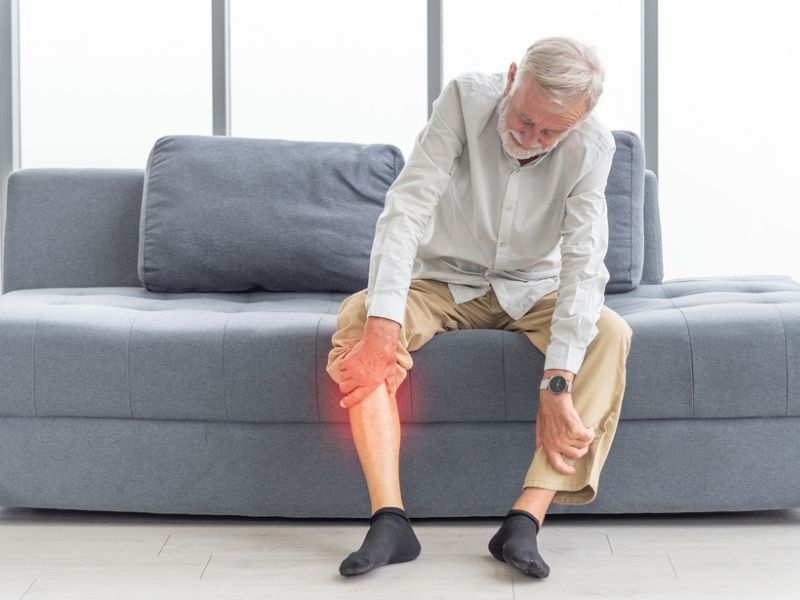Osteoporosis, often called the “silent” disease, is a condition that affects the bones, making them weak and prone to fractures. This debilitating disease quietly affects the lives of millions of Americans, with an estimated 10 million individuals suffering from its consequences. In this article, we explore the nature of osteoporosis, its risk factors, and the importance of early detection and preventive measures.

Image Credit: Shutterstock/CrispyPork
Understanding Osteoporosis
Osteoporosis is a progressive bone disease characterized by decreased bone density and quality, resulting in brittle and fragile bones. It primarily affects older adults, particularly women after menopause, but it can also occur in men and younger individuals. The disease is often undetectable until a fracture occurs, earning it the reputation of being a silent disease.
Risk Factors
Risk factors for osteoporosis include gender (women are more susceptible due to hormonal changes during menopause), age (bone density naturally decreases over time), lifestyle choices (sedentary behavior, tobacco smoking, excessive alcohol consumption, poor diet), family history, certain medical conditions (rheumatoid arthritis, gastrointestinal disorders), and long-term use of medications like corticosteroids.
Consequences Of Osteoporosis
Osteoporosis poses serious health consequences, including an increased risk of fractures. Fractures commonly occur in the hip, spine, and wrist, significantly impacting an individual’s quality of life. Hip fractures, in particular, can lead to long-term disability, loss of independence, and increased mortality rates. Furthermore, fractures associated with osteoporosis can result in chronic pain, reduced mobility, and decreased overall functionality.

Image Credot: Shutterstock/Dragana Gordic
Early Detection And Preventive Measures
Early detection is crucial in managing osteoporosis effectively. Diagnostic tools such as bone density scans (DXA) can identify low bone mass before fractures occur. Regular screenings are recommended for individuals at higher risk. Prevention and management strategies include adopting a bone-healthy lifestyle. It contains typical weight-bearing and muscle-strengthening exercises, ensuring an adequate calcium and vitamin D intake, avoiding tobacco and excessive alcohol consumption, and taking prescribed medications as directed.